Origin of Stargazing on Stage in Theatre History
Whether you're a theatre enthusiast, a student of performance arts, or simply intrigued by how nature meets culture, the concept of stargazing on stage invites you to explore a unique intersection of storytelling and the cosmos. For centuries, humans have looked to the stars for inspiration—and that same wonder has found its way onto theatre stages across the world. From classic Greek tragedies to avant-garde performances, stargazing on stage has carried emotional, symbolic, and even spiritual weight.
So what does it really mean to bring the stars to life through performance? Let’s take a journey through time and space to uncover the roots and impact of this captivating idea.
Historical meaning of stargazing on stage in early theatre
In early civilizations like Greece, Egypt, and Mesopotamia, performances were often held under open skies. This wasn’t just out of necessity—it symbolized a connection between human fate and the stars. Stargazing on stage emerged as a theatrical metaphor, representing longing, destiny, and introspection. Playwrights of the classical era often included references to stars as guides or witnesses to human drama, which laid the foundation for the symbolic use of stargazing on stage in later periods.
Role of astronomy and stars in theatrical symbolism
The inclusion of celestial elements in stagecraft grew as astronomy gained popularity. Whether referencing constellations or including starlit backdrops, stargazing on stage became more literal in design while remaining metaphorical in message. The stars weren’t just visual elements—they conveyed timeless truths. Even today, stargazing on stage draws from this heritage to tell stories that feel both cosmic and deeply personal.
Why stargazing on stage became a recurring motif in drama
One reason for the enduring appeal of stargazing on stage is its universal meaning. Across cultures, looking at the stars is tied to reflection, wonder, and dreams. Directors and playwrights use this motif to slow the pace of a narrative and invite the audience to contemplate larger questions. Whether it’s a character delivering a monologue under imagined stars or an entire scene bathed in moonlight, stargazing on stage creates moments that resonate beyond the script.
How modern theatre reimagines stargazing on stage
Today’s theatre continues to embrace innovation. Light projections, immersive soundscapes, and multimedia elements have expanded how we portray stargazing on stage. In some performances, audiences lie back under simulated night skies, turning the theatre into a planetarium. Shows produced in collaboration with scientific institutions now merge performance and astrophysics, giving rise to new forms of stargazing experience.
Influence of technology on the future of stargazing on stage
Technology has transformed the storytelling potential of stargazing on stage. Augmented reality can now overlay constellations during live performances, while mobile apps allow audiences to participate in real-time. Companies like avasafari, known for organizing immersive travel experiences, are even exploring partnerships with artists to create stargazing feuerwerk—blending fireworks and performance under actual stars. Such innovations hint at a vibrant future where stage and sky merge in beautiful new ways.
Connection between stargazing on stage and emotional storytelling
Few theatrical devices evoke emotion quite like stargazing on stage. Stars often appear during pivotal character moments—reflections, revelations, or farewells. These scenes often become emotional high points in productions. In private shows arranged by companies like avasafari, such stargazing themes are even brought into intimate desert performances, combining astronomy and art for a one-of-a-kind stargazing experience.
Why stargazing on stage speaks to universal audiences
Unlike specific cultural references, stargazing on stage appeals to nearly every viewer. Its simplicity and depth allow it to communicate across languages and borders. Whether staged in Egypt, Europe, or America, a moment of stargazing on stage instantly connects audience members through a shared sense of wonder—one that echoes across both space and time.
Ways stargazing on stage is used in educational theatre
Educational theatre often integrates stargazing on stage to teach both science and emotion. Whether it's a classroom production or a museum performance, stars are used as backdrops for stories about history, mythology, and astronomy. Avasafari, for example, has supported school programs that bring stargazing experience into educational contexts—teaching children about the night sky while fostering creative expression.
Where to watch authentic stargazing on stage experiences in Egypt
If you're visiting Egypt and interested in cultural performance under the stars, there are few better ways than to experience stargazing on stage with avasafari. With private desert performances, guided storytelling, and expert-led night tours, visitors can enjoy stargazing feuerwerk or silent desert plays—all illuminated by the celestial canopy. For bookings, simply call 01018140179 and plan your own evening of wonder.
How to combine travel with stargazing on stage events
The beauty of stargazing on stage lies in its versatility—it can be enjoyed in city theatres or remote outdoor settings. If you're planning a trip, consider including it in your itinerary. Whether it's an opera under the stars or a dramatic play in the White Desert, these performances elevate any journey. Let companies like avasafari help you customize a travel and stargazing experience you’ll never forget.
What makes stargazing on stage different from traditional performances
Unlike typical theatre settings, stargazing on stage alters both the environment and the emotional tone. It invites silence, awe, and openness. It’s not about the stars themselves—it’s about what they awaken in us. Whether in a small group or a large audience, these performances make viewers feel both small and connected—a paradox only stargazing on stage can deliver.
How to organize your own private stargazing on stage show
Want to host a one-of-a-kind performance? You can organize your own stargazing on stage event with the help of local artists, astronomers, and companies like avasafari. Choose a location, such as a rooftop or desert valley, set the mood with lighting and music, and invite a small audience. Don’t forget to arrange transport—avasafari also offers reliable private transfers to remote locations across Egypt. Call 01018140179 to get started.
Frequently Asked Questions
What is the meaning of stargazing on stage?
It refers to the use of stars or star imagery in theatre performances to express emotional, symbolic, or narrative themes.
Can stargazing on stage be performed indoors?
Yes, many productions use lighting, projections, and audio to simulate the night sky indoors.
Is stargazing on stage suitable for children?
Absolutely. Many educational performances use star imagery to teach science and storytelling in a fun way.
Where can I experience stargazing on stage in Egypt?
With companies like avasafari, you can enjoy such performances in Hurghada, the Sinai desert, or even private resort settings.
How can I book a stargazing event with avasafari?
Simply call 01018140179 to arrange your customized stargazing experience in Egypt.


 DE
DE






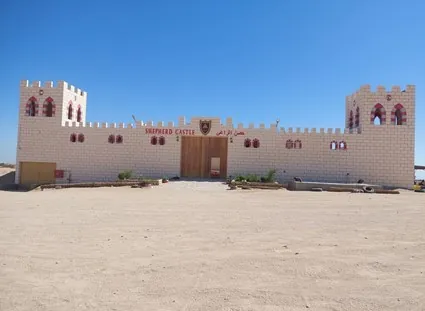


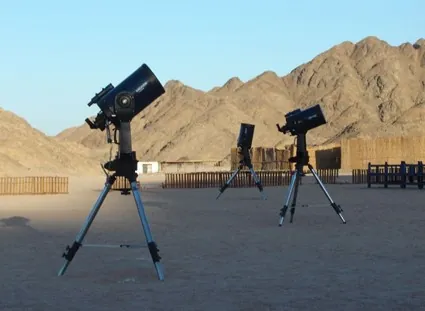
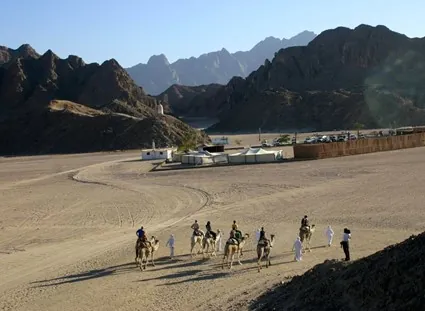




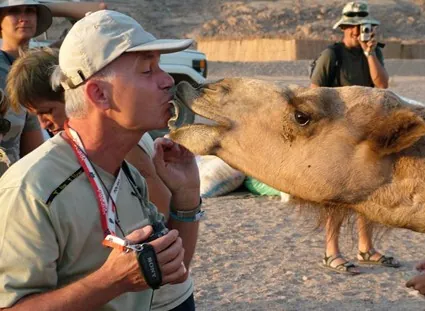


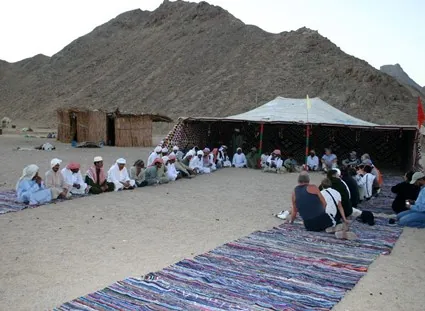






_31fc9_lg.webp)


_lg.webp)
_sm.webp)
_sm.webp)
_sm.webp)